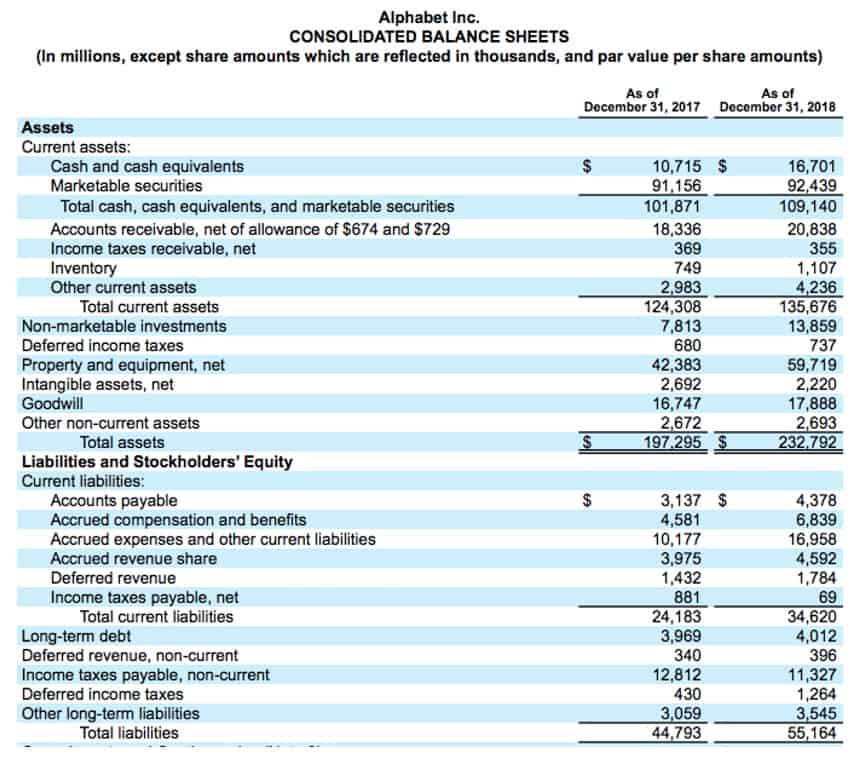
We’re sure you’ll find it so useful that you’ll want to keep it for good. Then determine how they’ll receive this time, either upfront or on an accrual basis. Next, calculate their vacation accrual rate by dividing their total vacation hours per year by the total number of hours they can work per year. In this article, “How To Calculate Vacation Pay For Hourly Employees,” you’ll discover the steps needed to accurately determine your employees’ paid time off (PTO). One common method for calculating vacation pay is the percentage method, where a specific percentage of an employee’s earnings is allocated as vacation pay.

Step 5: Use the Correct Accrual Rate per Cycle
Now, let’s look at the different accrual rates and how these work for your calculations. Small businesses that provide paid leave (PTO) must accurately manage accrued expenses to avoid labor law violations. The Vacation Pay Calculator is designed to calculate the minimum vacation pay benefit for employees who, in the case of standard employment, are subject to federal labor standards legislation. If you are protected by a collective agreement, you should contact your union representative. There are several exchange rates to choose from, and the calculations are not always intuitive.
Decide how much vacation your hourly employees can earn
- Employers decide on pay periods—daily, weekly, biweekly, or monthly—based on their business model and their employees’ needs.
- With our built-in payroll system, you won’t need to leave the app to manage your payroll.
- Use this vacation pay calculator to determine how much your company owes you in vacation payouts.
- We get that it can be challenging to learn how to calculate vacation pay for hourly employees.
- Following these suggestions can help you create an effective PTO policy.
Vacation time for a salaried employee is usually accrued based on their years of service. Most commonly, employees are entitled to two weeks of vacation after each 12-month period of employment, with the entitlement often increasing at certain service milestones. To calculate vacation pay, the employee’s gross annual earnings are considered for each province, either paid out regularly or accrued for vacation periods.
How to Handle Taxes on Vacation Payout
Depending on business policy, workers can either opt to use this time off during the year or, if they don’t, roll it over to the next year or be paid. According to the United States Travel Association, 55% of American workers do not take their allowed paid time off. In 2018, 768 million vacation days were unused in the United States.

Maintaining Accurate Records
- If you’re working in the United States, vacation pay is not mandatory and is left to the employer’s discretion.
- Additionally, some may save all their vacation for a long break at year’s end, which could pose scheduling challenges.
- This arrangement provides contractors with greater flexibility but also places the onus on them to manage their finances and time off independently.
- Thus, it promotes a healthier work-life balance and maximizes the benefits of time off.
- Depending on your timekeeping system, your software may provide vacation-tracking features along with attendance tracking.
- Federal laws do not require employers to offer vacation policies to their employees.
- For a forty-hour workweek, it’s usually an equal amount of vacation time (a full week of vacation).
At the end of the year, employees can either cash out, roll over, or lose unused time. If you allow employees to cash out their unused vacation time, you need to know how to handle the payout. Luckily, the IRS has some guidance on how to handle taxes on vacation payout. Other teams choose to adopt vacation payout policies, in addition to other PTO benefits for employees.
What is the difference between accrued and granted PTO?
Using a biweekly accrual rate makes the most sense when your employees are salaried and get paid the same each pay period. Some companies pay out vacation upfront at the beginning of each year, while others set PTO on an “accrual” basis, where employees earn vacation time as they work. Others don’t provide paid vacation benefits until workers continue to stay with the business anywhere from 30 days to 6 months. The process starts by determining the employee’s wage rate, which is the yearly salary divided by the total number of hours worked in the year. Employers must ensure that this calculation complies with both federal and provincial legislation, and it’s crucial to be precise to maintain fairness and legality in employment practices.

Why pay out vacation time?

Employers can use this vacation calculator to calculate an employee’s entitlement to annual leave. It acts as a part-time calculator for annual leave, a vacation calculator for employees who start in the middle of the year, or even a retrospective annual leave. This is a free PTO calculator for your use that will calculate sick leave, vacation, or any other type.
However, policies designed to improve employee satisfaction shouldn’t be a burden to human resources and management. Under this system, employees earn a set amount of vacation time for every hour they work. For example, an employee might earn 1 hour of vacation time for accrued vacation meaning every 40 hours worked. This method provides flexibility and fairness, especially for those who do not have a consistent work schedule. For example, let’s calculate the total PTO accrued in a year for an employee who accrues 4 hours of PTO per bi-weekly pay period.